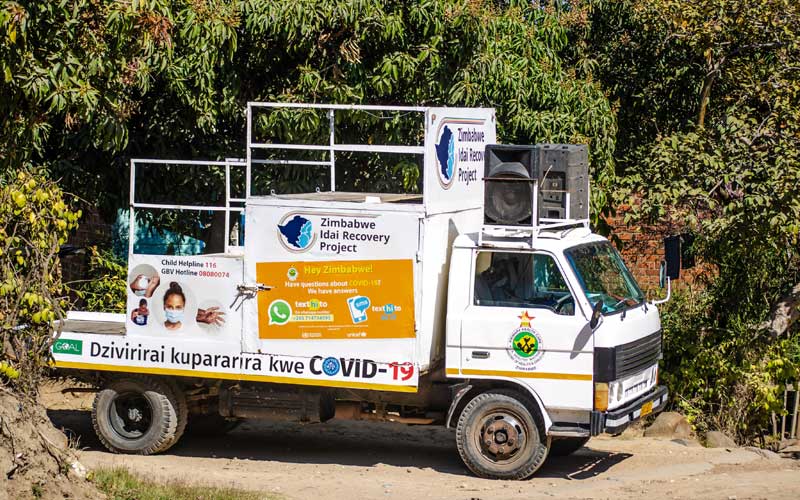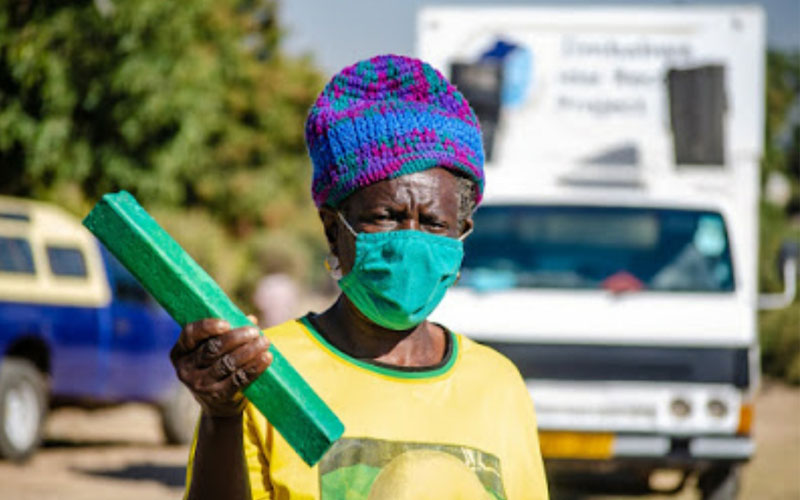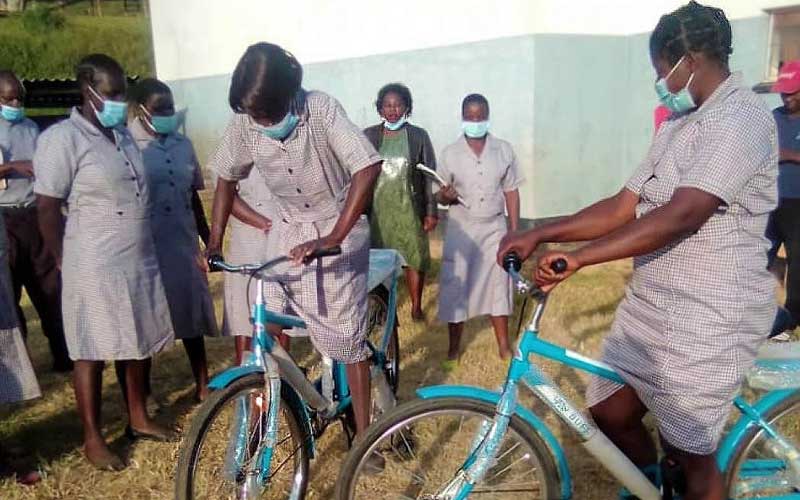The COVID-19 pandemic has added a new layer of vulnerability to the Cyclone Idai affected communities in Zimbabwe. In response to this, the Zimbabwe Idai Recovery Project (ZIRP) developed a response plan for all project sectors in line with the World Health Organisation (WHO) and Government of Zimbabwe COVID-19 Infection Prevention and Control Guidelines.
The contingency plan is based on rapid assessment of foreseen COVID-19 implications and projected impacts on the project planned activities, including the scope of works, timeline, budget and procurement implications and Environmental and Social (E&S) safeguards and is tracked monthly.
To meet the emerging needs from the effects of COVID-19, the World Bank approved an additional US$3 million to WHO and FAO for scale-up and reprogramming for provision of critical livelihood and lifesaving (health) assistance under ZIRP. The scale-up interventions will be implemented through WHO and FAO, while UNICEF and UNOPS Community Infrastructure interventions have been reprogrammed.












